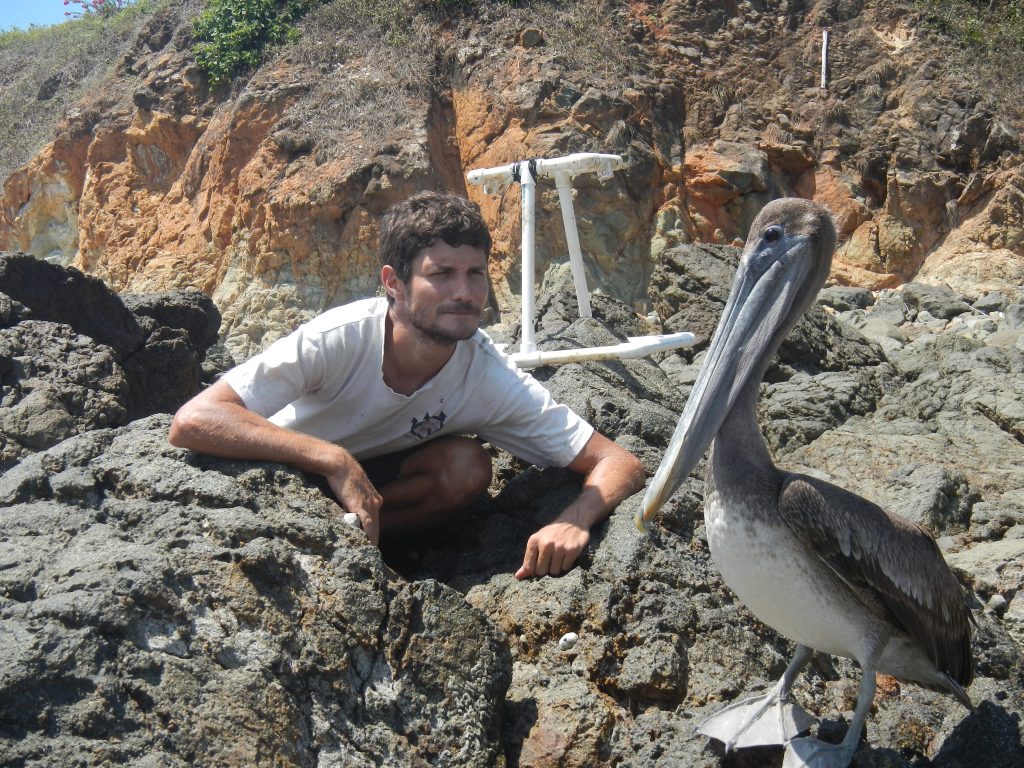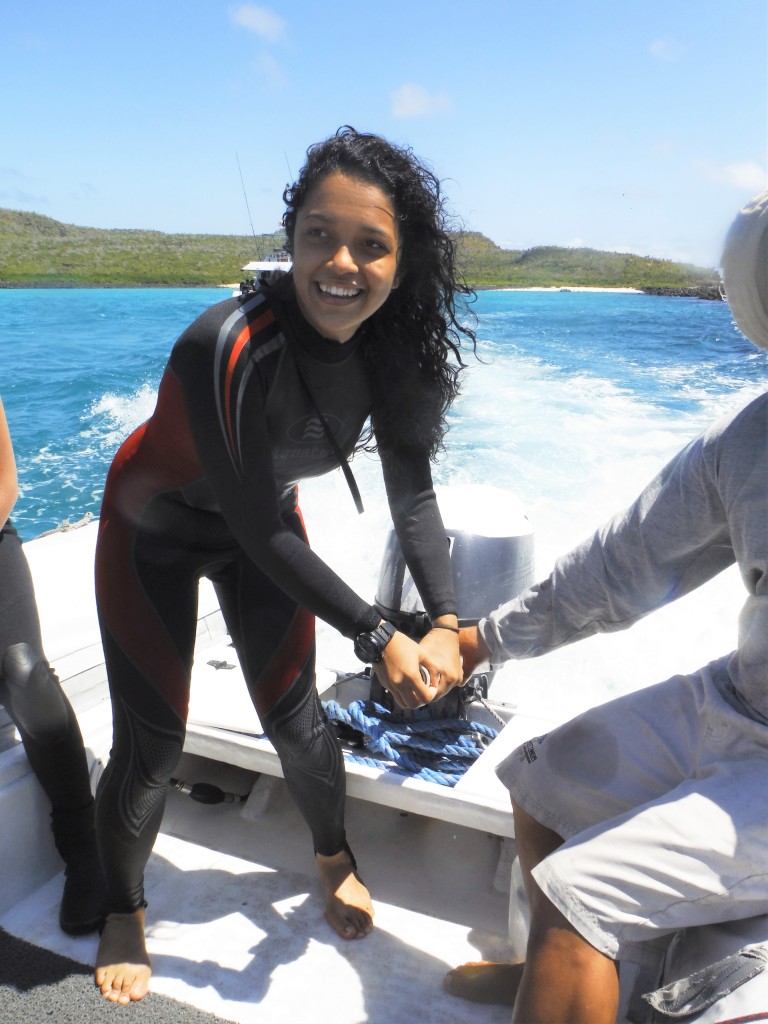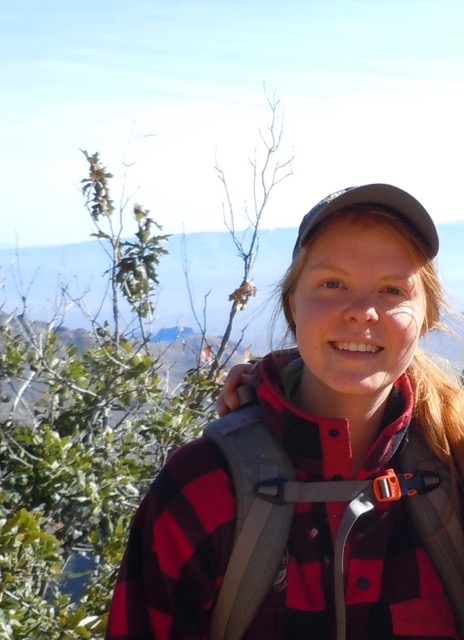STRI FELLOW
As a marine ecologist I study how marine predators and herbivores shape coastal ecosystems, and how those species interactions are influenced by changes in environmental conditions imposed by oceanographic processes. In particular, I focus on wind-driven upwelling events which allow the rise of cold, nutrient-rich water from the ocean’s depths to shallow coastal ecosystems. Seasonal variation in surface temperatures and food-availability generated by upwelling events can alter the strength of predation and herbivory. I rely on experimental manipulations of fish to study how consumer pressure on reef associated algae and sessile invertebrates varies along upwelling gradients along the Pacific coast of Panama and Costa Rica. My favorite animals is the pelican.
Como ecólogo marino, estudio cómo los depredadores y herbívoros marinos dan forma a los ecosistemas costeros, y cómo esas interacciones entre especies se ven influenciadas por los cambios en las condiciones ambientales impuestas por los procesos oceanográficos. En particular, me centro en los fenómenos de surgencia impulsados por el viento que permiten el ascenso de agua fría y rica en nutrientes desde las profundidades del océano hasta los ecosistemas costeros. La variación estacional en las temperaturas de la superficie y la disponibilidad de alimentos generada por los eventos de surgencias pueden alterar la fuerza de la depredación y la herbivoría. Me baso en manipulaciones experimentales de peces para estudiar cómo la presión de los consumidores sobre las algas e invertebrados sésiles asociados a los arrecifes varía a lo largo de los gradientes de surgencia a lo largo de la costa del Pacífico de Panamá y Costa Rica. Mi animal favorito es el pelícano.





 I’m a Biology undergraduate student at University of Panama profoundly interested in Marine Biology and paleontology, especially the evolution, adaptation and ecology of coral reefs. I’m working on a project that consists of reconstructing the Caribbean reef fish communities of the past, and my master tools for this research are fish otoliths. Otoliths have distinct shapes that enable us to identify fish families, sometimes even to the level of species and fossil otoliths may help us reconstruct the reef fish community of the Caribbean 7000 years ago (i.e. before human impacts). This information will provide a baseline that will enable us to compare “pristine” with modern reef fish communities.
I’m a Biology undergraduate student at University of Panama profoundly interested in Marine Biology and paleontology, especially the evolution, adaptation and ecology of coral reefs. I’m working on a project that consists of reconstructing the Caribbean reef fish communities of the past, and my master tools for this research are fish otoliths. Otoliths have distinct shapes that enable us to identify fish families, sometimes even to the level of species and fossil otoliths may help us reconstruct the reef fish community of the Caribbean 7000 years ago (i.e. before human impacts). This information will provide a baseline that will enable us to compare “pristine” with modern reef fish communities.

You must be logged in to post a comment.